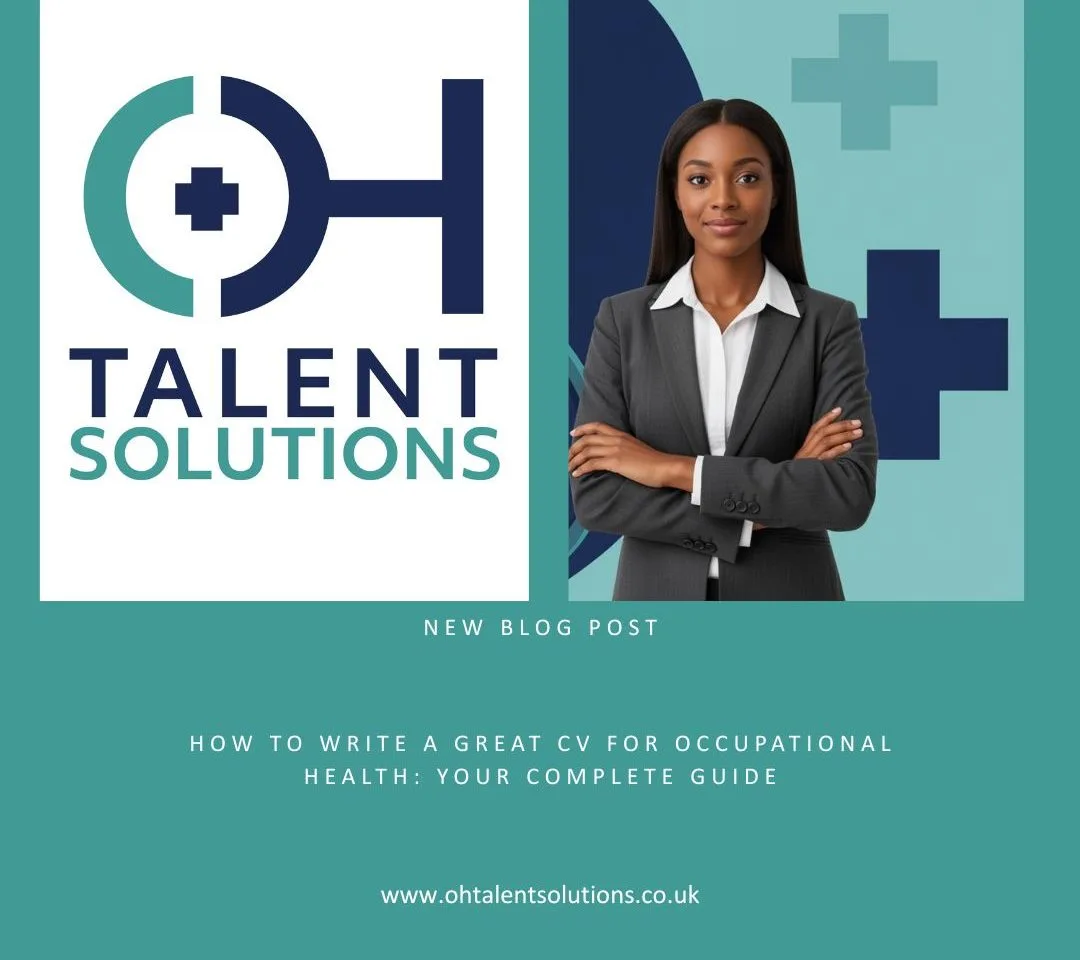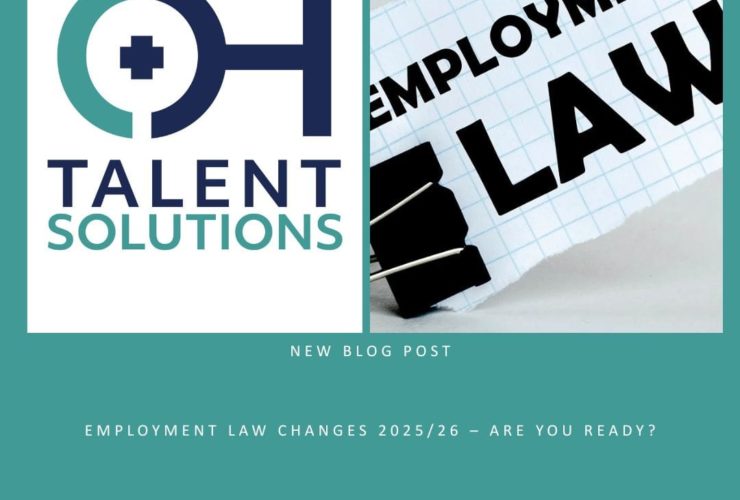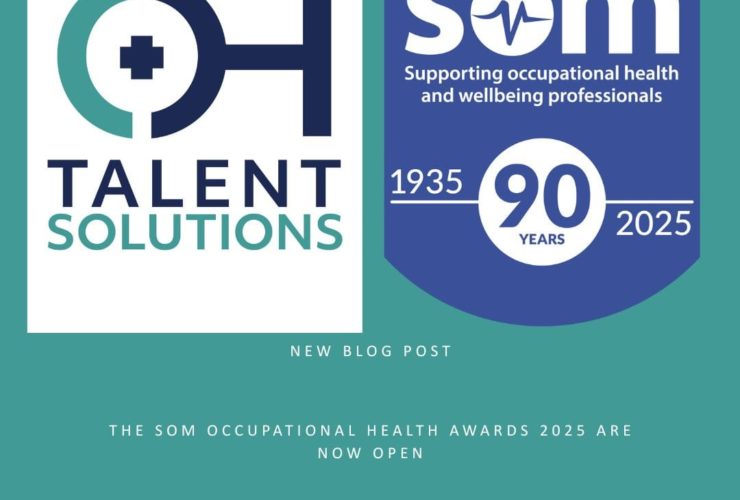How to Write a Great CV for Occupational Health: Your Complete Guide
How to Write the Perfect CV for Occupational Health Roles in 2025
Why Your CV Matters More Than Ever
In the competitive world of occupational health, your CV is your first opportunity to make a lasting impression. With more professionals entering the field and employers using new hiring technology, standing out is essential.
At OH Talent Solutions, we’ve reviewed thousands of CVs over our 20 years in occupational health recruitment. We know exactly what makes the difference between securing that interview call — and being overlooked.
Understanding the 2025 CV Landscape
What’s Changed in the Job Market
The job market has evolved rapidly, and so have employer expectations. According to recent recruitment insights, the reverse-chronological format remains the most effective CV style for 2025.
This approach lists your most recent experience first, helping occupational health professionals highlight their career progression and clinical expertise at a glance.
Recruiters and HR teams increasingly value CVs that are clear, data-driven, and tailored to the role. Therefore, a well-structured CV is your most powerful tool for success.
Essential CV Structure for Occupational Health Professionals
1. Contact Information and Professional Summary
Start with your full name, professional title, phone number, email, and LinkedIn profile.
Include your NMC or GMC registration number prominently if relevant.
Next, craft a short professional summary (3–4 lines) that communicates your value proposition. Focus on your years of experience, key specialisations, and the unique qualities you bring to the OH field.
2. Key Skills and Competencies
Separate your technical and soft skills for easy readability:
Technical Skills:
Health surveillance programmes
Risk assessment and management
Occupational hygiene
Case management
Health promotion initiatives
Regulatory compliance (COSHH, RIDDOR, etc.)
Soft Skills:
Strong communication and interpersonal skills
Analytical problem-solving
Attention to detail
Empathy and patient care
Including both types of skills shows balance — you’re clinically competent and people-focused.
3. Professional Experience
Your experience section is the most important part of your CV. For each role, include:
Job title and company name
Employment dates
Key responsibilities and achievements
Quantifiable results where possible
Example:
Senior Occupational Health Advisor | ABC Healthcare Ltd | 2020–2024
Managed surveillance programmes for 2,500+ employees across multiple sites.
Reduced workplace injuries by 25% through targeted health promotion.
Conducted over 500 pre-employment and periodic assessments annually.
These metrics demonstrate tangible value to prospective employers.
4. Education and Qualifications
List your qualifications in reverse chronological order, including:
Degrees and postgraduate qualifications
Professional certifications
CPD and training courses
Membership of professional bodies (e.g., NMC, GMC, FOM)
Regular updates to your qualifications show a commitment to continuous learning.
2025 CV Writing Best Practices
Formatting and Presentation
According to the UK National Careers Service:
Use clean, readable fonts such as Arial, Calibri, or Times New Roman (11pt minimum).
Maintain consistent spacing and formatting.
Use headings and bullet points for clarity.
Keep your CV within two pages whenever possible.
A visually balanced, easy-to-read layout helps hiring managers scan your information quickly.
Optimising for Applicant Tracking Systems (ATS)
With most large employers using Applicant Tracking Systems, optimisation is key. To ensure your CV passes the initial screening:
Use standard section headings (e.g., “Experience,” “Skills,” “Education”).
Incorporate keywords from the job description.
Avoid graphics, text boxes, and tables.
Save your CV as both Word (.docx) and PDF formats.
By aligning your wording with the employer’s terminology, you increase the likelihood of your CV being shortlisted.
Tailoring Each Application
Generic CVs rarely succeed. Tailor your CV for every opportunity:
Mirror the language and tone of the job posting.
Highlight relevant OH experience and competencies.
Emphasise skills that directly match the employer’s needs.
Customising each application demonstrates initiative and genuine interest.
Occupational Health-Specific CV Strategies
Highlight Your Clinical Expertise
For clinical OH roles, clearly outline:
The types of health assessments you’ve performed.
Knowledge of occupational health conditions and workplace risks.
Experience in case management and rehabilitation.
Providing real-world examples strengthens your credibility.
Showcase Regulatory Knowledge
Employers value professionals who understand legal and compliance frameworks. Mention your familiarity with:
The Health and Safety at Work Act 1974
COSHH and RIDDOR regulations
Data protection and patient confidentiality laws
Including these details reassures employers that you understand the governance requirements of OH practice.
Quantify Your Achievements
Numbers tell a powerful story. Use data wherever possible to demonstrate measurable impact:
Number of employees managed or assessed
Percentage reduction in incidents or absence
Cost savings achieved through prevention programmes
Training sessions or health campaigns delivered
Quantifying results turns experience into evidence.
Common CV Mistakes to Avoid
1. Sending Generic Applications
Each CV should be tailored for the specific role and employer.
2. Including Outdated Information
Update all contact details, qualifications, and registrations. Add your latest CPD and professional achievements.
3. Poor Layout or Presentation
A cluttered or inconsistent CV can ruin first impressions. Keep design simple, structure logical, and spacing uniform.
4. Missing Keywords
Failing to include relevant keywords can prevent your CV from passing through ATS filters. Use terms such as:
Occupational health surveillance
Risk assessment
Case management
Health promotion
Compliance
Tailoring by Role
For OH Physicians
Emphasise medical qualifications, GMC registration, and occupational medicine training. Mention:
Postgraduate medical education
Research or publications
Clinical leadership roles
Teaching or mentoring experience
For OH Nurses
Highlight NMC registration, health surveillance experience, and patient-centred care. Include any OH-related certifications or immunisation training.
For OH Advisors
Showcase consultancy experience, risk assessment, policy writing, and health promotion projects. Demonstrate commercial awareness and client management skills.
Embracing Digital Tools in 2025
LinkedIn and Online Presence
A strong LinkedIn profile is essential. Ensure your job history and achievements match your CV. Many recruiters check both for consistency.
Consider building a simple online portfolio that includes:
Anonymised case studies
Professional achievements
Published articles or conference presentations
This digital presence helps position you as a credible, forward-thinking OH professional.
Final CV Checklist
Before submitting your CV, make sure to:
✅ Proofread carefully for spelling and grammar
✅ Check all contact information
✅ Verify registration numbers (NMC, GMC, etc.)
✅ Ensure formatting consistency
✅ Tailor for the role and include keywords
✅ Keep length under two pages
✅ Save in Word and PDF formats
Attention to these details reflects your professionalism and reliability.
Conclusion
Crafting an effective occupational health CV requires both structure and strategy. By following these guidelines — and tailoring your CV for each application — you’ll maximise your chances of landing interviews.
Remember, your CV isn’t just a career summary; it’s a marketing document that tells employers why you’re the right fit. When crafted carefully, it opens doors to new opportunities and career growth.
For more insights and opportunities, visit OH Talent Solutions — your specialist partner in occupational health recruitment.
Ready to Take the Next Step?
📧 Email: info@ohtalentsolutions.co.uk
📞 Call: 02393 871 484
🌐 Visit:




